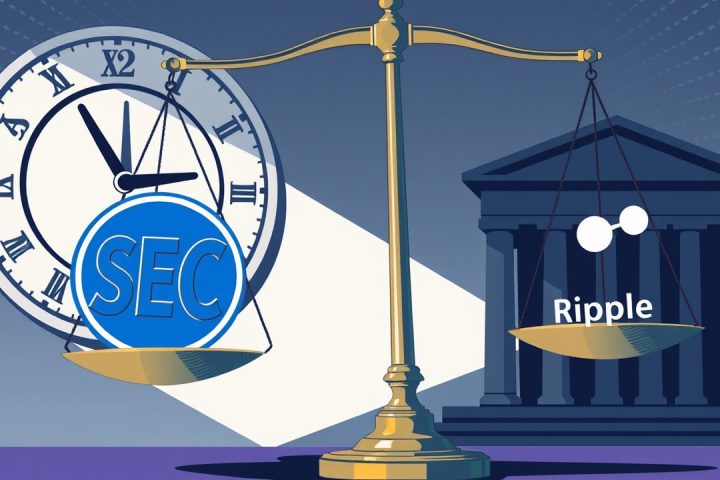Strategic Shift in the Cryptocurrency Landscape
In a strategic shift prompted by impending regulations, Ripple and Circle have submitted applications for national trust bank charters in the United States. This move is less of an aggressive expansion and more of a defensive tactic, emphasizing the companies’ desire to align with regulatory expectations under the recently passing GENIUS Act.
Insights on the GENIUS Act
Alice Li, an Investment Partner and Head of North America at Foresight Ventures, shared insights in an interview with CryptoNews, describing the act as pivotal in establishing new guidelines for stablecoin management in the U.S.
The GENIUS Act, formally called the Guiding and Establishing National Innovation for U.S. Stablecoins Act, has successfully progressed through Congress, marking a significant milestone in U.S. cryptocurrency regulation. Li highlights that the legislation sets forth stringent bank-level regulations for any stablecoin issuer aiming for significant market influence.
“While receiving a bank charter is not guaranteed, it clearly expresses a long-term commitment to compliance for both regulators and business partners,”
she remarked.
Market Bifurcation and Future Trends
In the next year or so, Li anticipates a bifurcation within the stablecoin market, with one group of businesses opting for extensive licensing and traditional banking integration, while another relies on decentralized, niche applications outside the mainstream financial systems. This shift will likely result from an increasing demand from users for swift and cost-effective, programmable financial solutions that banks will eventually be compelled to incorporate.
As the space evolves, securing a U.S. banking license is becoming essential for companies seeking a competitive edge, according to Li. Stakeholders are no longer evaluating startups solely based on their technical capabilities but also on their readiness to comply with regulations and work alongside licensed entities.
While Ripple and Circle’s pursuit of bank status could lead to increased competition for U.S. dollar-backed stablecoins, Li believes there are ample opportunities for certain technological innovations to thrive, including tools for on-chain compliance and systems for real-time risk assessment.
Challenges and Opportunities
However, the process of obtaining a license can limit a firm’s operational flexibility. Li notes,
“Though necessary for maintaining U.S. prominence, these licenses impose constraints that can hinder agility. For newcomers, acquiring distribution channels remains crucial, but regulatory approval is essential for engaging with significant partners.”
International Dynamics and Future Prospects
On an international scale, the dynamics of stablecoin competition could see varying speeds of adoption. Offshore issuers like Tether may continue to lead in decentralized finance (DeFi) and international transactions due to their fewer compliance requirements. Yet, as regulated entities begin to merge into fintech applications, they are likely to attract more institutional and retail interest, particularly in treasury management and currency exchange services.
Countries such as the UAE, Singapore, and Hong Kong are taking note and are working to present more relaxed regulatory frameworks to attract stablecoin issuers. Ironically, those entities compliant under the GENIUS Act could find themselves in a favorable position to engage with these emerging markets, benefitting from the credibility that comes with U.S. oversight.
Tokenization and the Future of Finance
Li foresees that real-world asset tokenization could serve as a significant link between conventional finance and the cryptocurrency landscape.
“Just as Robinhood made stocks accessible to the masses, these hybrid financial models will foster user-friendly and compliant financial products,”
she says. Instead of stifling innovation, Li believes the GENIUS Act could catalyze partnerships between banks and cryptocurrency firms, ultimately redefining the financial landscape.




